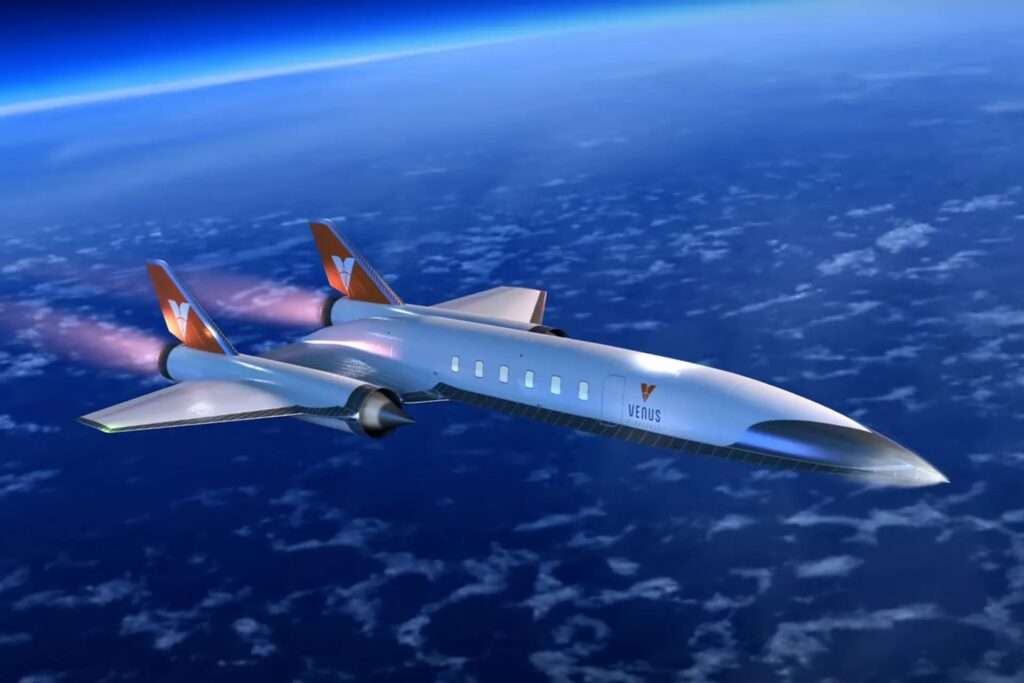Venus Aerospace has successfully conducted the first-ever flight test of a rotating detonation rocket engine (RDRE) in the United States, marking a significant breakthrough in the field of hypersonic propulsion technology.
The test, carried out at a private aerospace facility, involved an uncrewed demonstrator vehicle equipped with a scaled RDRE prototype. According to the company, the engine operated successfully throughout all stages of the flight, validating critical performance benchmarks and marking the first instance of an RDRE being used in actual flight conditions.
“This is a pivotal moment in aerospace engineering,” said Dr. Andrew Duggleby, CTO of Venus Aerospace. “The rotating detonation rocket engine promises enhanced fuel efficiency, increased thrust, and reduced system mass. Successfully demonstrating it in flight is a major step forward for high-speed aviation and space travel.”
RDREs are fundamentally different from traditional rocket engines. Rather than using continuous combustion, RDREs generate power through rotating supersonic detonations within a circular chamber. This method allows for greater thermodynamic efficiency, which could lead to lighter, faster, and more efficient spacecraft and hypersonic vehicles.
The recent test flight confirmed that the engine could be ignited, sustained, and controlled during flight — a feat that had previously only been achieved in ground-based experiments. Technical data from the test showed stable detonation behavior, reliable ignition sequences, and consistent thrust generation, according to a statement released by the company.
Independent observers, including officials from the U.S. Air Force Research Laboratory, were present to verify the results.
“The successful airborne operation of an RDRE is a groundbreaking achievement,” one observer noted. “It opens the door to more efficient hypersonic vehicles and potentially revolutionary changes in the space launch sector.”
The implications of this advancement are far-reaching. Venus Aerospace aims to use RDREs for future point-to-point hypersonic transportation, potentially reducing long-distance travel times across the globe to under one hour. The company also envisions RDRE integration into small satellite launch vehicles, offering faster and more cost-effective access to orbit.
Venus Aerospace plans to conduct a series of follow-up tests later this year, which will involve larger engine configurations and extended flight durations. Discussions are ongoing with both defense and commercial stakeholders regarding applications of this technology.
“This test flight was just the beginning,” said Venus Aerospace CEO Sarah “Sassie” Duggleby. “We’re developing the technologies that will define the future of transportation, and RDREs are central to that vision.”
As interest in advanced aerospace propulsion continues to grow, Venus Aerospace’s successful test positions the Houston-based startup as a frontrunner in the race to develop next-generation flight systems.



